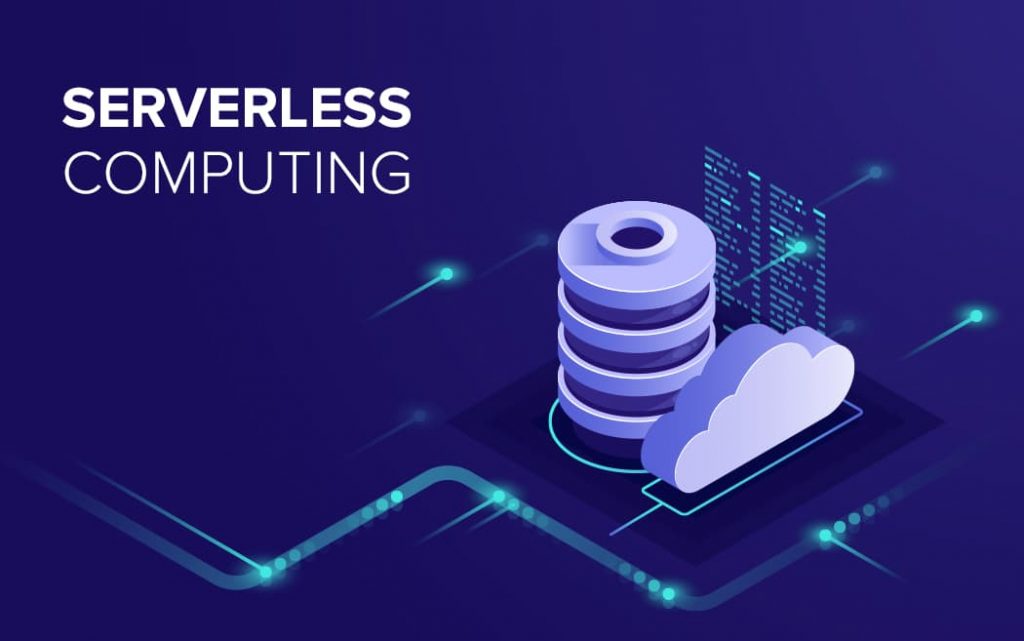

What is serverless computing?
Serverless computing enables developers to build applications faster by eliminating the need for them to manage infrastructure. With serverless applications, the cloud service provider automatically provisions, scales, and manages the infrastructure required to run the code.
In understanding the definition of serverless computing, it’s important to note that servers are still running the code. The serverless name comes from the fact that the tasks associated with infrastructure provisioning and management are invisible to the developer. This approach enables developers to increase their focus on the business logic and deliver more value to the core of the business. Serverless computing helps teams increase their productivity and bring products to market faster, and it allows organizations to better optimize resources and stay focused on innovation.
benefits of serverless computing:
No infrastructure management
With a serverless platform, you simply deploy your code, and it runs with high availability.
Dynamic scalability
With serverless computing, the infrastructure dynamically scales up and down within seconds to match the demands of any workload.
Faster time to market
Serverless applications reduce the operations dependencies on each development cycle, increasing development teams’ agility to deliver more functionality in less time.
More efficient use of resources
Shifting to serverless technologies helps organizations reduce Total Cost of Ownerhip and reallocate resources to accelerate the pace of innovation.
Courtesy:https://azure.microsoft.com/en-us/overview/serverless-computing/
